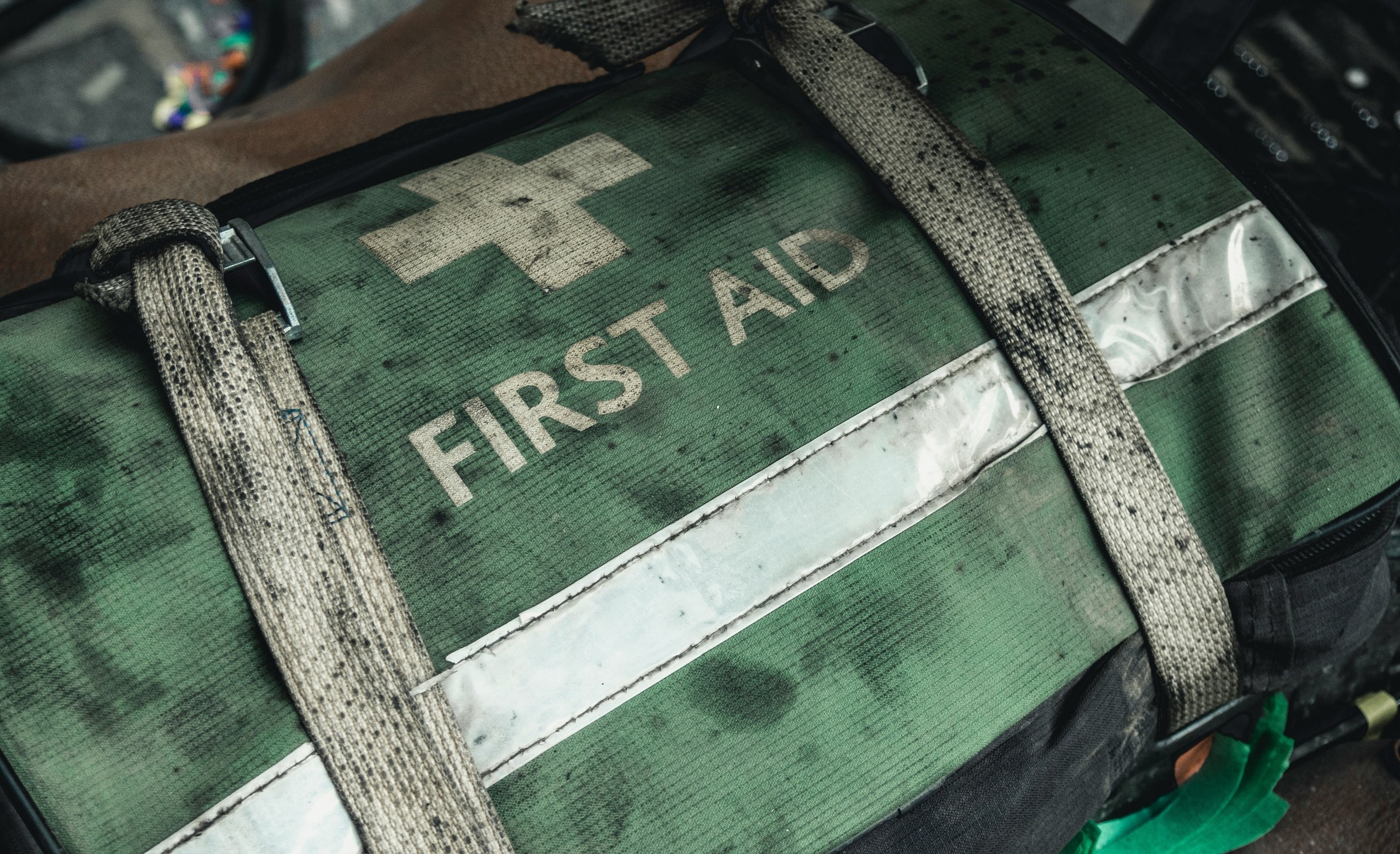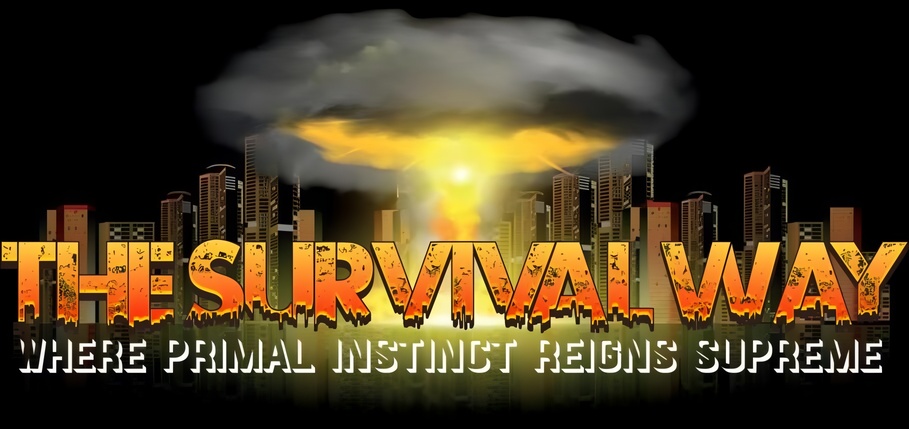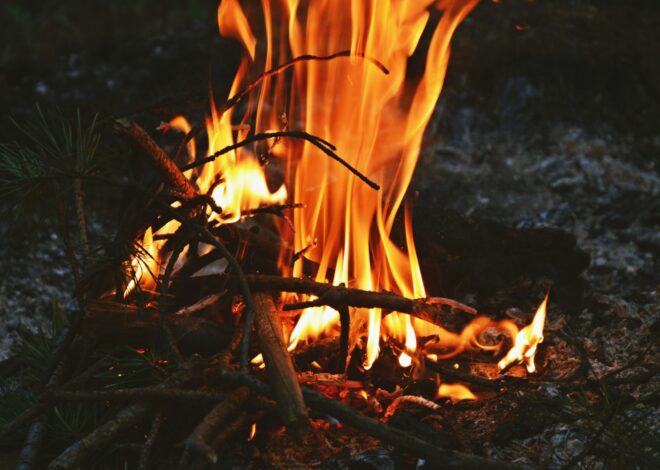
Learning Basic First Aid For Survival
Learning basic first aid for survival is not just about bandaging wounds; it’s about empowering yourself to act confidently in emergencies. Accidents can happen when you least expect them. Whether it’s a minor cut while cooking or a more serious situation during an outdoor adventure, knowing how to respond effectively can make all the difference.
Imagine being that person who steps up when others freeze in panic, capable of providing immediate care and possibly saving lives. This skill set is invaluable for anyone—parents, hikers, travelers, or simply those who want peace of mind knowing they are prepared for anything life throws their way.
Let’s dive into why mastering first aid basics is essential and how you can equip yourself with these vital skills!
Why First Aid is Important for Survival
First aid is a vital skill that can make the difference between life and death in emergencies. In critical situations, knowing how to respond quickly can save lives. Accidents happen unexpectedly. Whether at home, work, or outdoors, being prepared for injuries ensures you’re ready when it counts.
First aid knowledge empowers individuals to act confidently during crises. In many cases, immediate first aid measures prevent complications from worsening until professional help arrives. This initial response is crucial for survival. Understanding basic principles of first aid also fosters a sense of community responsibility.
When everyone knows how to assist others, collective safety improves significantly. Moreover, learning these skills builds self-reliance and resilience. You gain not just the ability to help yourself but also those around you in distressing times.
Handling Emergency Situations:
When faced with an emergency, staying calm is crucial. Panic can cloud judgment and lead to poor decision-making. Take a deep breath, assess the situation, and determine the best course of action. The ability to help others not only alleviates fear but also fosters a sense of community responsibility in critical moments.
– CPR Training
CPR training is a critical skill that can save lives in emergencies. It’s designed to help individuals respond effectively when someone suffers cardiac arrest or stops breathing.
Learning the basic steps of CPR empowers you to act with confidence. The process involves chest compressions and rescue breaths, which help maintain blood flow and oxygenation until professional medical help arrives.
Classes are widely available, often through local community centers, hospitals, or online platforms. Many courses offer hands-on practice with mannequins, allowing participants to gain practical experience in a supportive environment.
Certification typically follows completion of the course. This certification not only enhances your resume but also gives you peace of mind knowing you’re equipped for high-pressure situations.
Investing time in CPR training means becoming part of a community focused on safety and preparedness—an invaluable asset whether at home or out in public spaces.
– AED Training
Automated External Defibrillators (AEDs) are lifesaving devices designed to treat sudden cardiac arrest. Knowing how to use one can make a significant difference in emergency situations.
AED training teaches you the steps necessary to operate these machines effectively. The process is straightforward and includes turning on the device, attaching electrode pads, and following voice prompts.
Most AEDs are equipped with clear instructions that guide users through each step. This makes it accessible for anyone, even those without medical backgrounds.
Familiarizing yourself with an AED before emergencies arise reduces panic during critical moments. Many organizations offer community classes focused on this essential skill.
Having this knowledge could mean saving someone’s life when every second counts. Taking the time to learn about AEDs enhances your overall readiness for unforeseen medical events.
The Basic First Aid Skills Everyone Should Know
When it comes to learning basic first aid for survival, mastering a few essential skills can make all the difference. Start with knowing how to assess an emergency situation. This involves checking for responsiveness and calling for help if needed.
Next, familiarize yourself with the Heimlich maneuver, a crucial technique for clearing blocked airways in choking victims. It’s simple yet effective. Wound care is another vital skill. Knowing how to clean and dress cuts or scrapes helps prevent infections. Always remember to use gloves when available.
Recognizing the signs of shock is important too. If someone exhibits pale skin, rapid pulse, or confusion, they may need immediate assistance. Understand how to manage burns by cooling them under running water and covering them with a sterile dressing. These skills empower you in critical moments when every second counts.
Building a First Aid Kit for Emergencies
Creating a well-stocked first aid kit is essential for anyone serious about learning basic first aid for survival. Start with a sturdy container that’s easy to carry, like a backpack or plastic box. Fill it with essentials such as adhesive bandages, gauze pads, and antiseptic wipes.
These items are crucial for treating minor cuts and scrapes effectively. Don’t forget scissors and tweezers; they come in handy for various situations. Next, include medications like aspirin or ibuprofen for pain relief. An emergency blanket can also provide warmth in critical circumstances.
Consider adding specialized items based on your needs: allergy medication if you’re prone to reactions or extra supplies if you care for children or pets. Regularly check your kit to replace expired items and ensure it’s always ready when you need it most.
Proper Techniques for Treating Common Injuries
When it comes to treating common injuries, knowing the right techniques can make a significant difference. For minor cuts and scrapes, start by cleaning the wound gently with soap and water. Apply an antiseptic ointment before covering it with a sterile bandage.
For sprains or strains, rest is crucial. Elevate the injured area and apply ice wrapped in cloth for 15-20 minutes every hour. This helps reduce swelling and pain. Burns require quick action; rinse under cool water immediately for at least ten minutes. Cover loosely with a clean cloth—never use ice directly on burns.
If someone has a nosebleed, have them sit up straight and lean slightly forward while pinching their nostrils together for about five to ten minutes. This helps control bleeding without swallowing blood. Mastering these techniques equips you to respond effectively when accidents happen around you.
Dealing with Medical Emergencies
Medical emergencies can strike unexpectedly. Knowing how to react swiftly and calmly is crucial. Your first step is assessing the situation. Ensure it’s safe for you to approach the victim. Once you’re in a secure position, check their responsiveness by gently shaking them and asking questions.
If they’re unresponsive, call for help immediately or instruct someone nearby to do so. Performing basic life support may be necessary. Understand how to recognize signs of shock or severe bleeding. Applying pressure on wounds can control bleeding while keeping the person calm is essential.
If someone has difficulty breathing, assist them into a comfortable position and encourage slow, deep breaths. Keeping airways clear could make all the difference in an emergency scenario. Always remember that staying composed under pressure not only helps others but also allows you to think clearly as you provide assistance until professional help arrives.
First Aid in Natural Disasters
Natural disasters can strike suddenly, leaving destruction in their wake. Being prepared with basic first aid skills is crucial when help may be delayed. In the chaos of events like earthquakes, floods, or hurricanes, injuries can occur frequently. Knowing how to assess and treat wounds quickly saves lives.
For instance, during a flood situation, you might encounter people suffering from hypothermia or infections from contaminated water. Understanding how to recognize symptoms enables swift action. Keep in mind that stress levels soar during such emergencies. Staying calm helps create an effective response plan for yourself and those around you.
Additionally, remember that communication lines may fail. Having knowledge about first aid ensures you’re equipped to assist others without reliance on immediate medical services. Your preparedness could be the difference between life and death in these critical moments.
First Aid for Wilderness Survival
Wilderness survival requires a solid understanding of first aid. Nature can be unpredictable, and injuries often happen far from help. Knowing how to manage these situations is crucial. Start with the basics: treat wounds promptly to prevent infection.
Clean cuts with clean water, then apply a sterile dressing to protect them from dirt and debris. Learn how to recognize and respond to hypothermia or heatstroke. Both conditions can arise quickly in outdoor settings. Layers of clothing are essential for warmth, while hydration helps combat overheating.
Insect bites and animal encounters also pose risks in the wild. Familiarize yourself with common poisonous plants and snakes in your area so you can act quickly if exposed. Practicing these skills makes all the difference when facing emergencies alone outdoors. The wilderness demands respect, but being prepared empowers you to enjoy it safely.
Resources for Learning and Practicing First Aid
When it comes to mastering first aid, various resources can help you on your journey. Online platforms offer interactive courses that cater to all skill levels. Websites like the Red Cross provide comprehensive training modules and videos.
Local community centers frequently host workshops led by certified instructors. These hands-on sessions allow participants to practice techniques in a supportive environment. Books and manuals are also invaluable. Look for titles that focus specifically on emergency response scenarios. They often include illustrations, making it easier to grasp complex concepts.
Mobile apps have become popular tools for quick reference during emergencies. Downloading a reputable first aid app can put essential information at your fingertips when every second counts. Don’t forget about peer groups or clubs dedicated to survival skills. Engaging with others who share your interest fosters a collaborative learning experience while honing practical skills together.
Conclusion: Why You Should Learn Basic First Aid
Learning basic first aid is not just a beneficial skill; it’s essential for anyone who wants to navigate life more safely and confidently. Emergencies can happen when least expected, whether at home, while traveling, or during outdoor adventures. Being equipped with the knowledge of how to respond can make all the difference.
Understanding first aid empowers you to act decisively in urgent situations. It reduces panic and instills confidence that you can help yourself or others effectively. The skills learned extend beyond just physical injuries; they enhance your ability to assess situations calmly and think critically under pressure.
Moreover, knowing how to build a proper first aid kit ensures you’re prepared for any scenario. Whether it’s treating minor cuts or responding to severe emergencies like heart attacks, having these tools on hand allows for immediate action. First aid training also fosters a sense of community responsibility.
By being knowledgeable in these practices, you contribute positively not only to your safety but also that of those around you. Investing time into learning basic first aid could save lives—maybe even yours one day. It’s an invaluable resource that enhances personal security and brings peace of mind in uncertain times. So take the step today: learn basic first aid for survival and be ready when it matters most.



